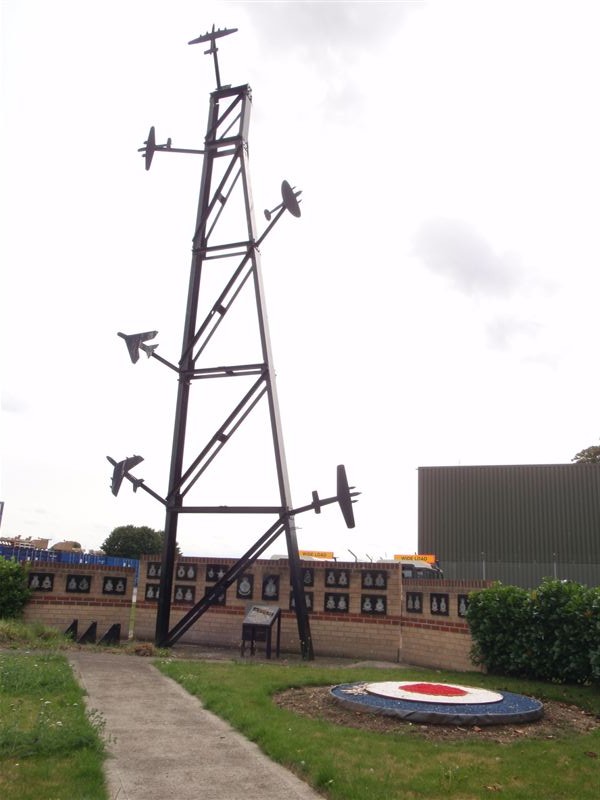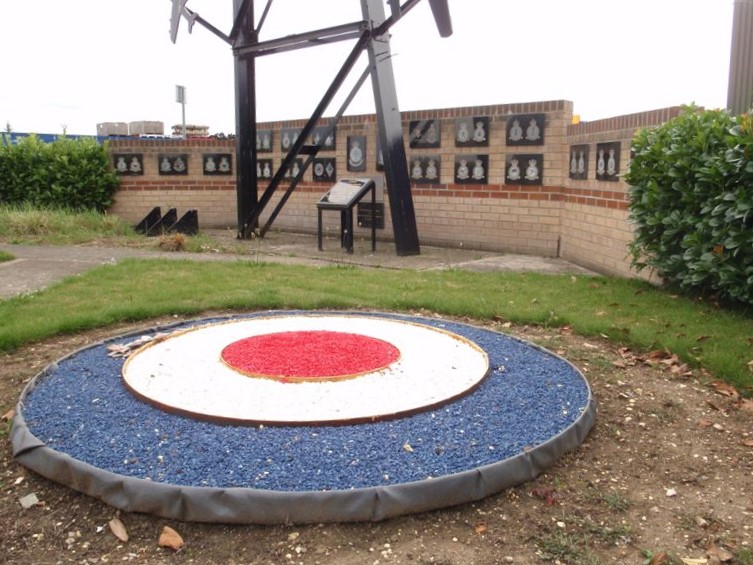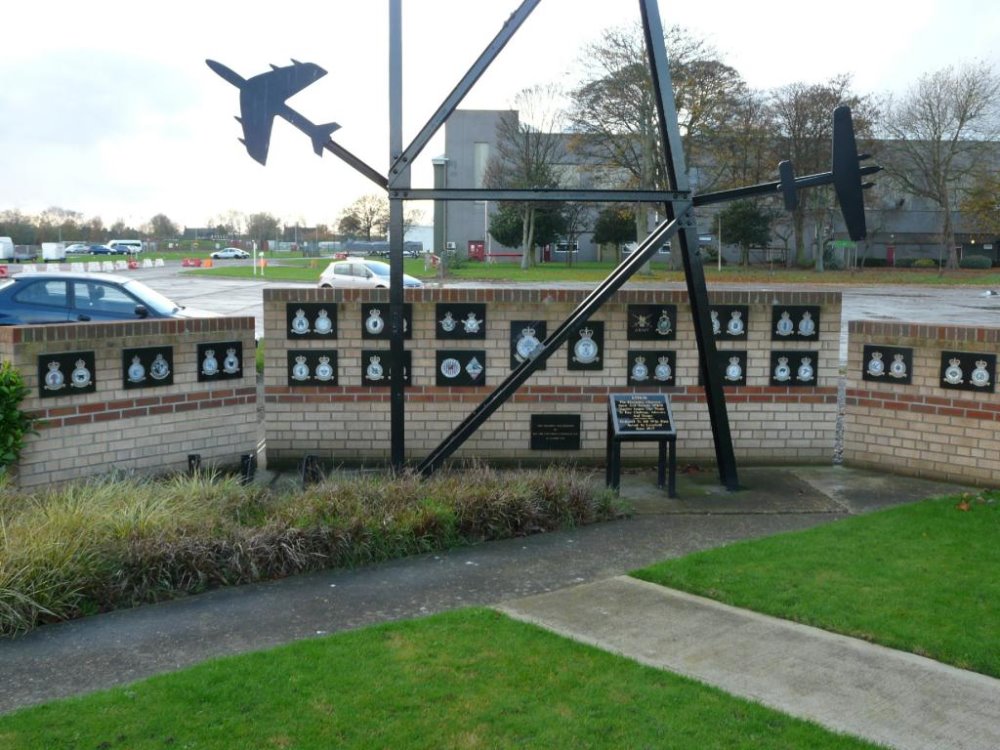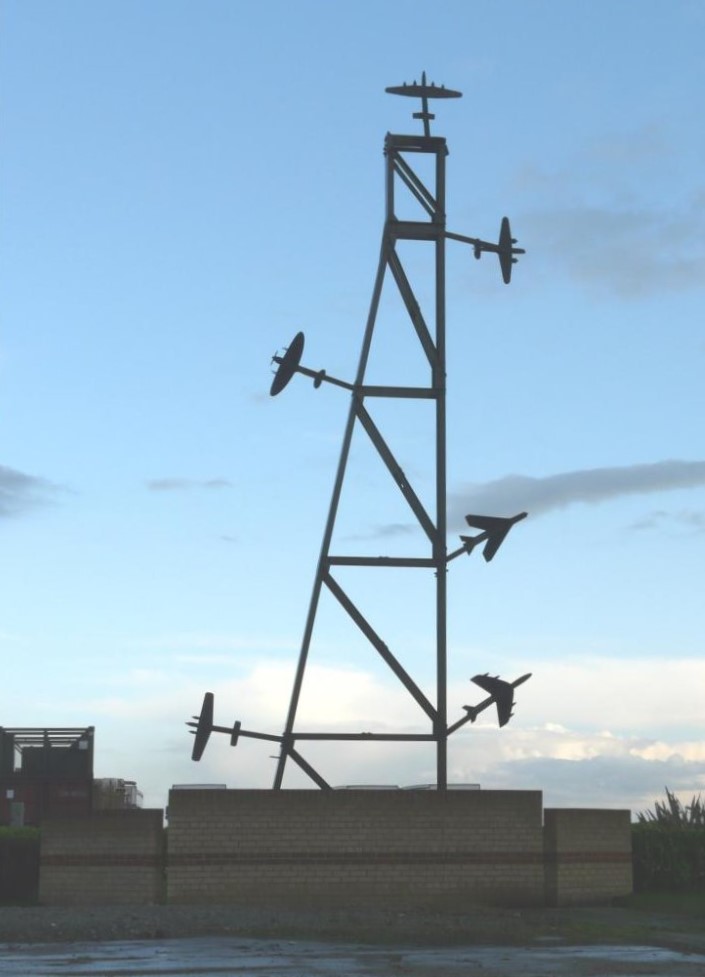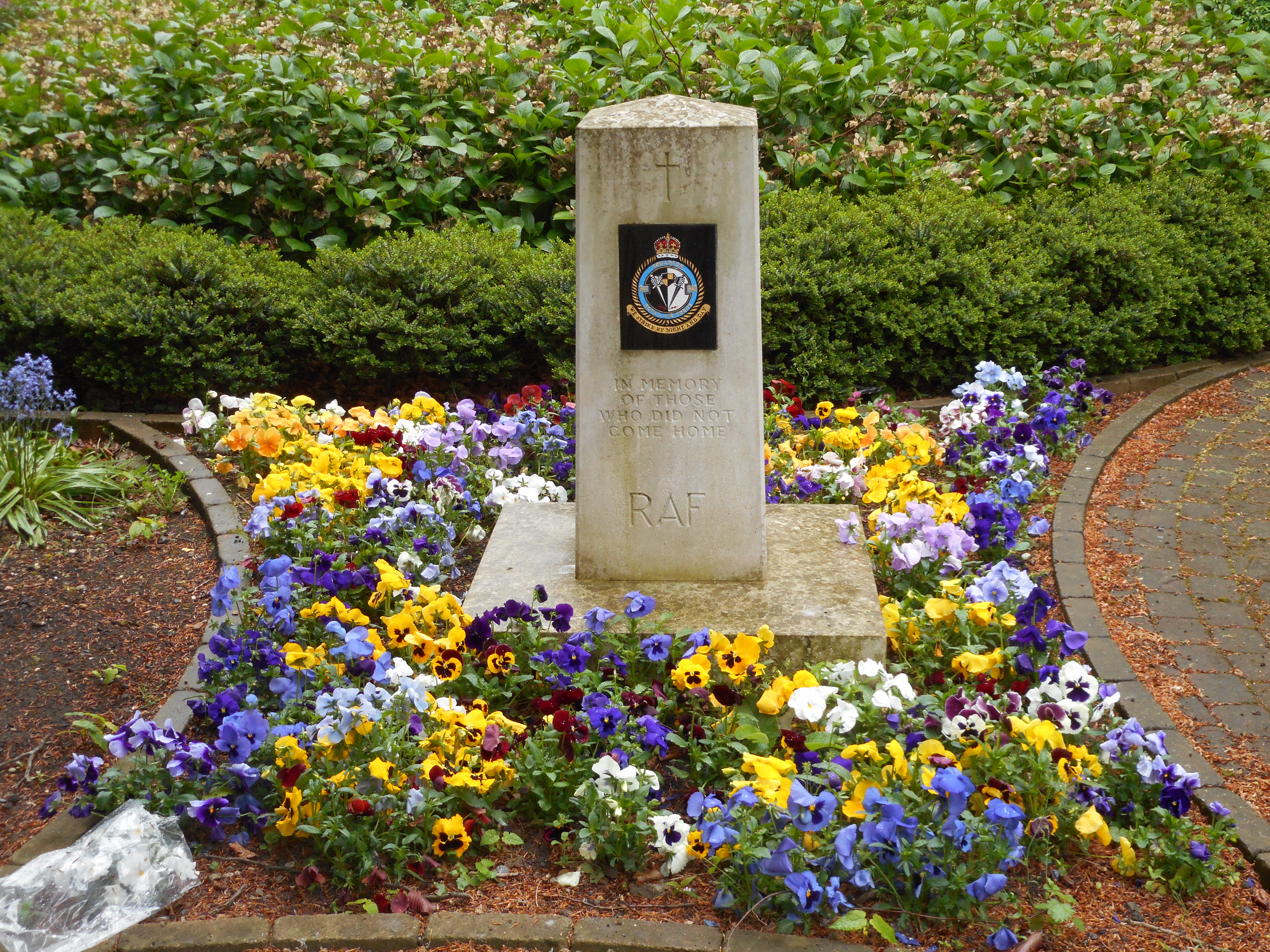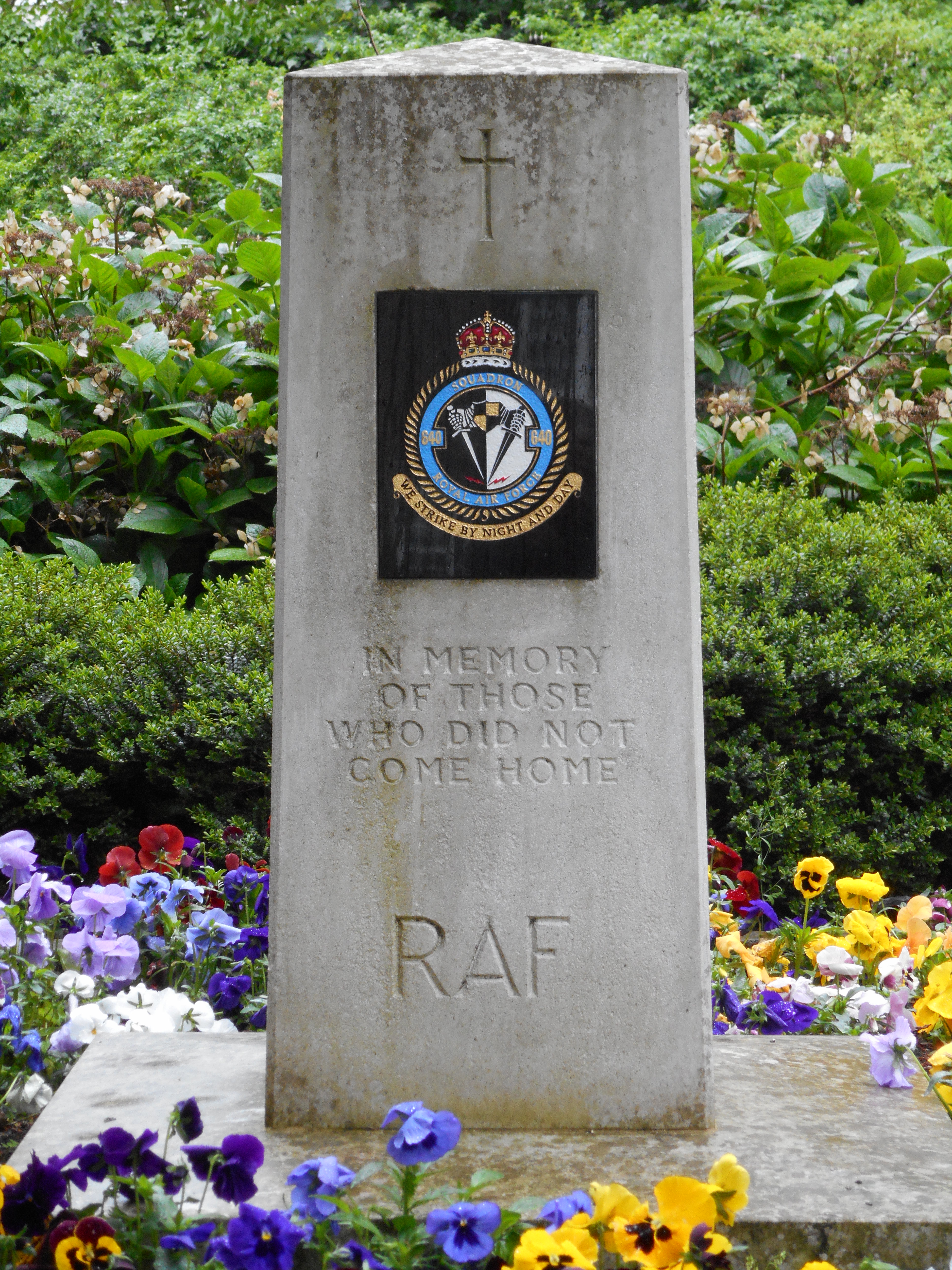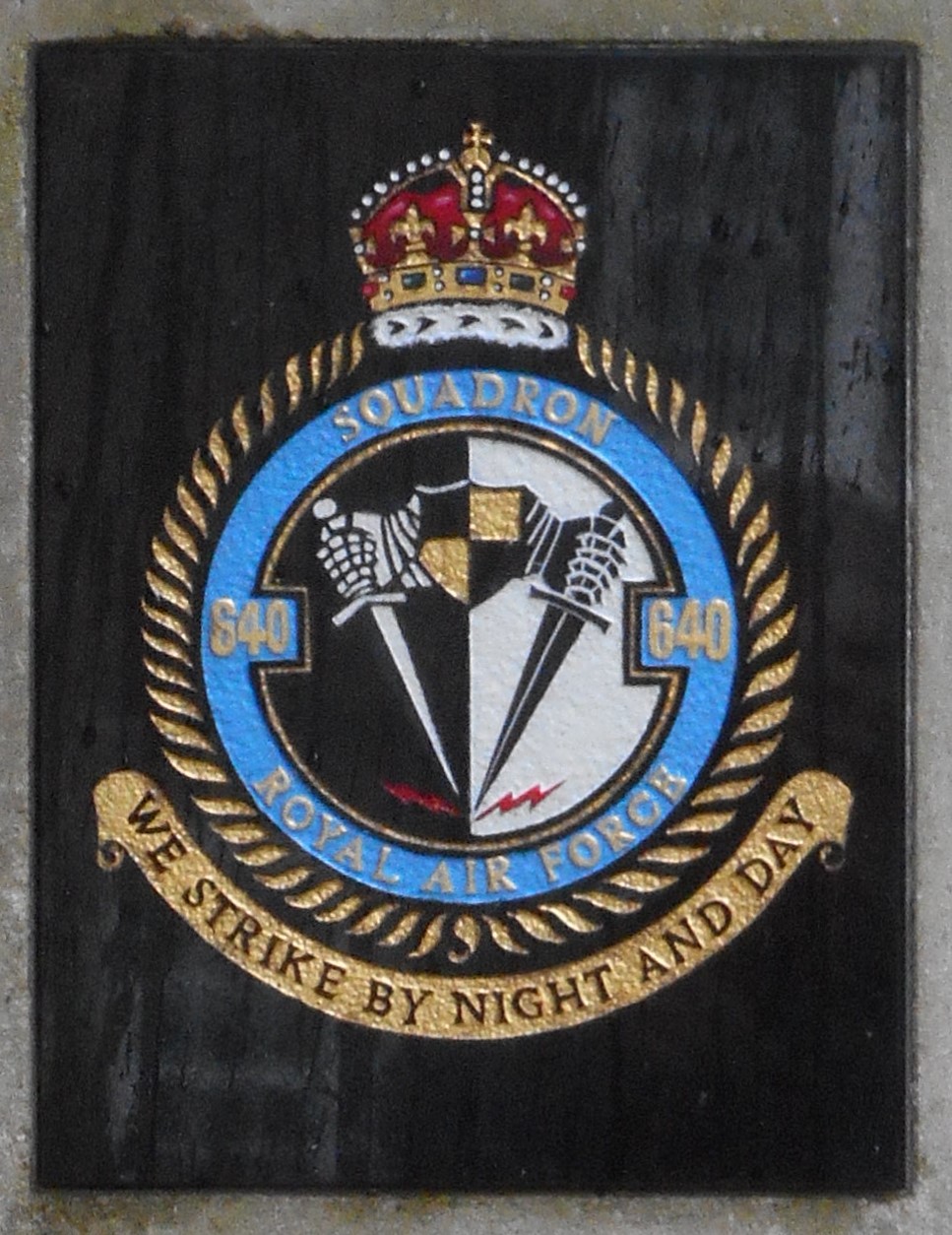Woods, Frederick Walter
Personal Information
| Rank | F/O |
| Forename(s) | Frederick Walter |
| Surname | Woods |
| Gender | M |
| Age | 28 |
| Date of Death | 31-03-1944 |
| Next of Kin | Son of Charles Joseph and Maude Ethel Woods, of Westcliff-On-Sea, Essex. |
Aircraft Information
| Aircraft | Handley Page Halifax III |
| Serial Number | LW500 |
| Markings | C8-Z |
Memorial Information
| Burial/Memorial Country | United Kingdom |
| Burial/Memorial Place | Runnymede Memorial |
| Grave Reference | Panel 210. |
| Epitaph |
IBCC Memorial Information
| Phase | 2 |
| Panel Number | 269 |
Enlistment Information
| Service Number | 136862 |
| Service | Royal Air Force Volunteer Reserve |
| Group | 4 |
| Squadron | 640 |
| Trade | Navigator |
| Country of Origin | United Kingdom |
Other Memorials
| Location | Normandy Barracks, Leconfield, East Yorkshire |
| Country | United Kingdom |
| Memorial Type | Metal Sculpture Brick Pillars and Inscribed Sqn Badges |
| Memorial Text | A memorial to those who flew from RAF Leconfield, including 640 Sqn |
| Location | Memorial Gardens, Beverley, East Yorkshire |
| Country | United Kingdom |
| Memorial Type | Memorial Stone, Inscribed Marble Tablet |
| Memorial Text | A memorial to those of 640 Sqn who were killed during WW2 |
Commonwealth War Graves Commission
The National Archives
| Record of Events (Operational Record Book) AIR 27/2157/6 |
| Summary of Events (Operational Record Book) AIR 27/2157/5 |
Fellow Servicemen
Please note that this list gives all the losses aboard the quoted aircraft and occasionally these may have occurred on an earlier date when the aircraft was not itself lost. Please check the dates of death carefully.
Last Operation Information
| Start Date | 30-03-1944 |
| End Date | 31-03-1944 |
| Takeoff Station | Leconfield |
| Day/Night Raid | Night (45% moon) |
| Operation | Nuremberg. 795 aircraft, 95 losses (11.9%)- the highest of any raid. High-cloud was expected to offer protection to the bomber stream but the target would be clear for the bombing run. A Mosquito meteorological flight had predicted that in fact that would not be the case, but the raid went ahead anyway. The German controller ignored the diversionary raids and had his fighters circling close to the route of the main force, using Tame Boar tactics. Consequently, the fighters engaged the bombers before they reached the Belgian border. The clear conditions allowed the fighters to pick off bombers at will with 82 of the 95 bombers being Lost on the outbound leg. Strong winds meant that some of the bombers went off the intended route and as a consequence many bombed Schweinfurt in error, some 50 miles from Nuremberg. The problem as exacerbated by two PFF aircraft dropping markers in Schweinfurt. Overall, the raid was a failure and little damage was caused. |
| Reason for Loss | Hit by flak over the French coast (near Dieppe) on the return leg |
